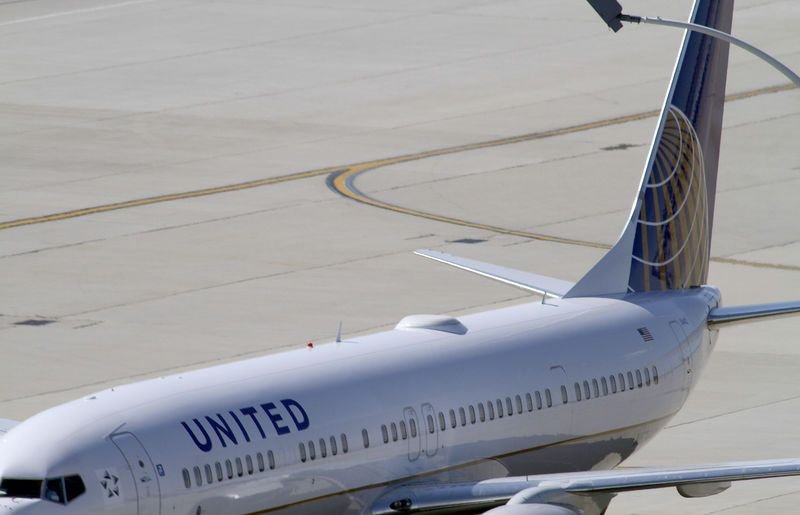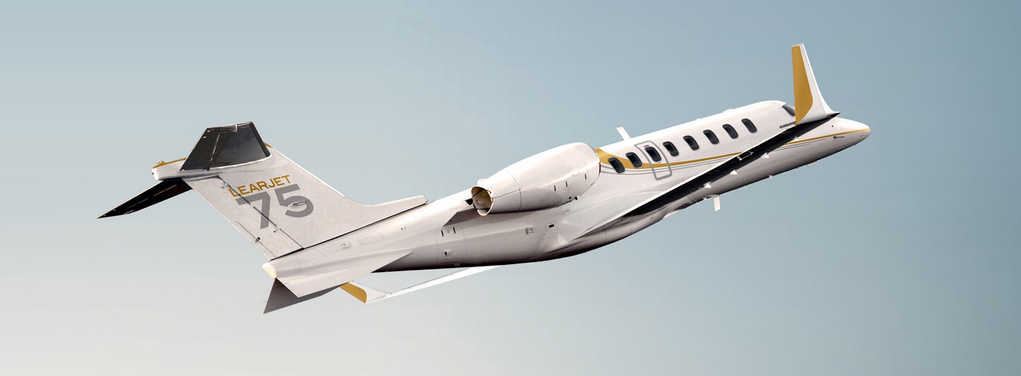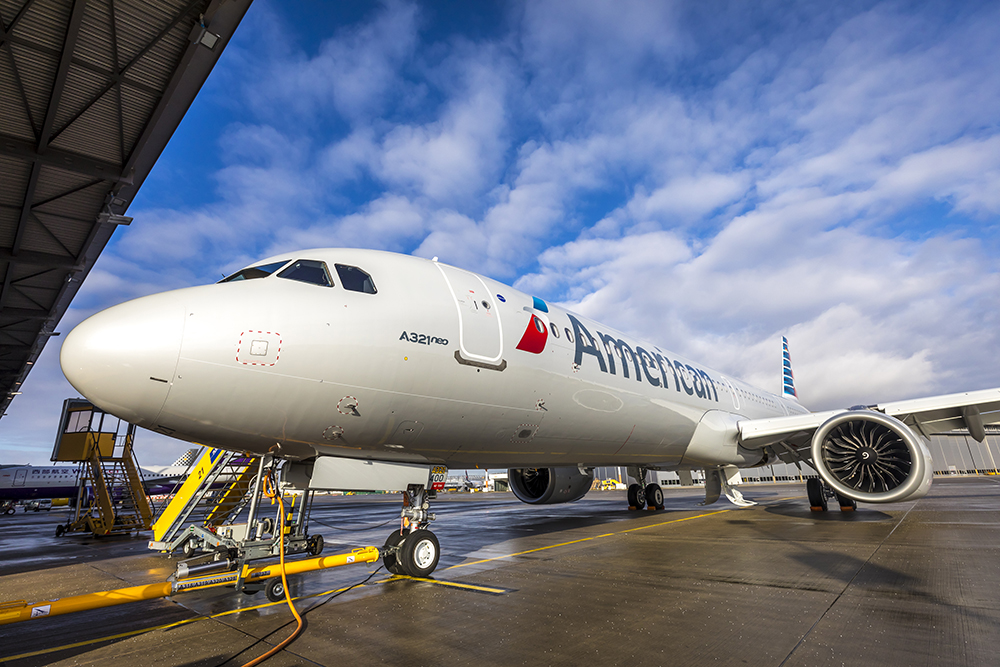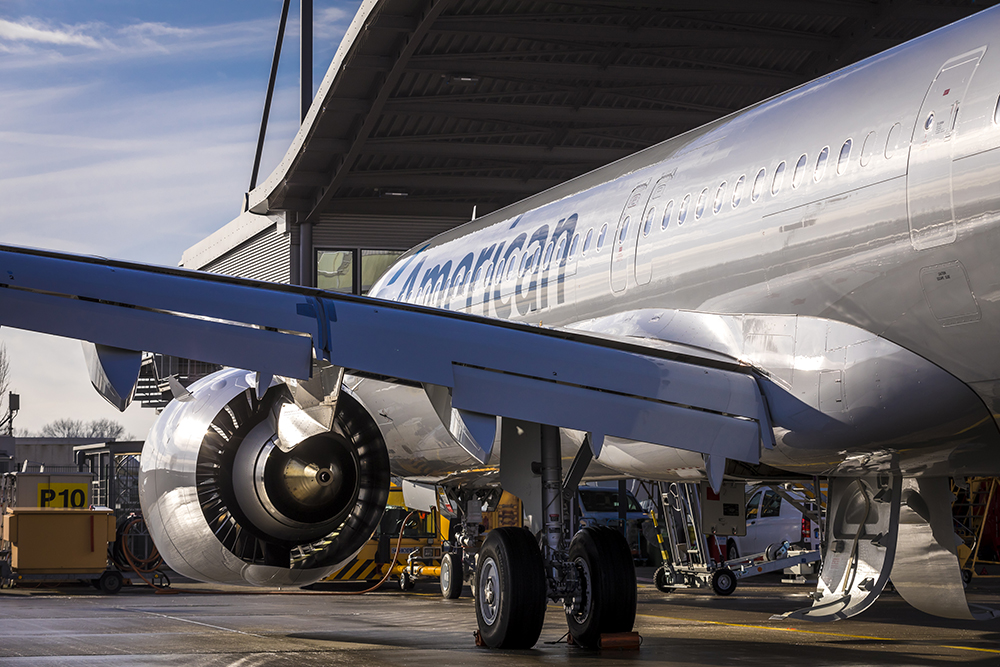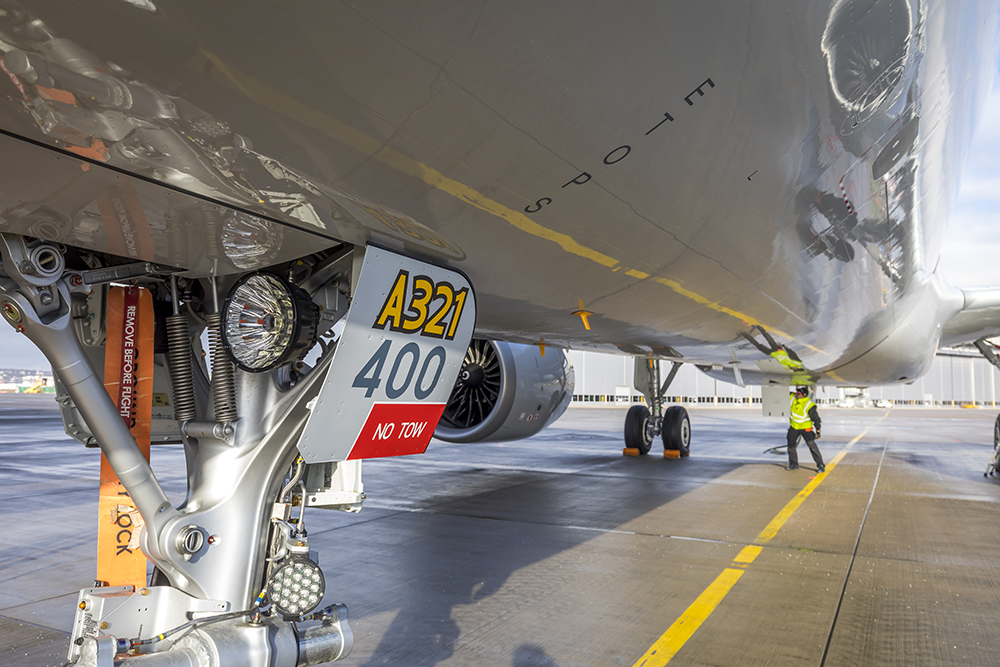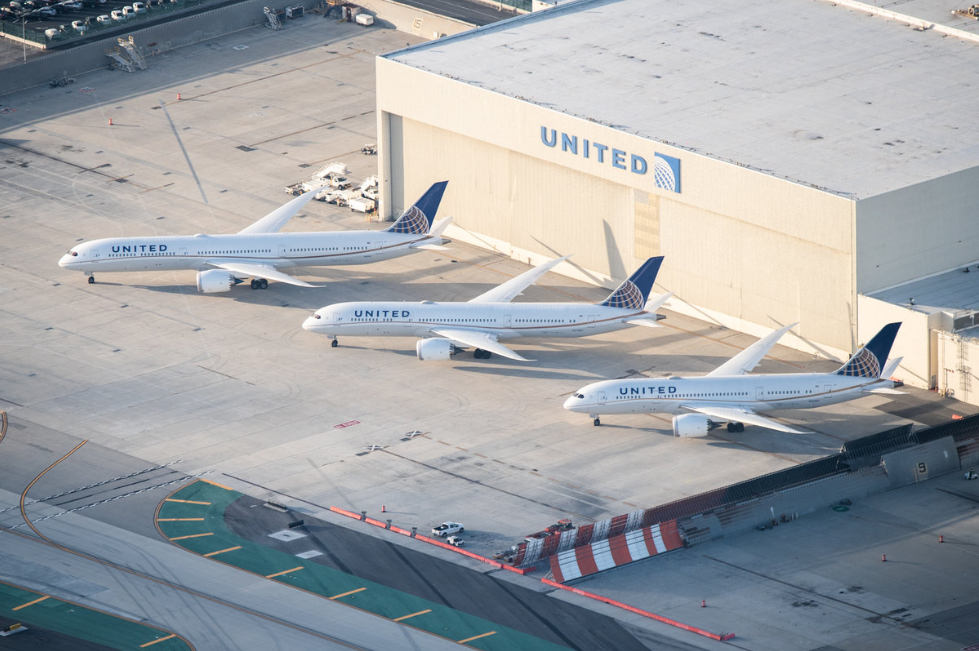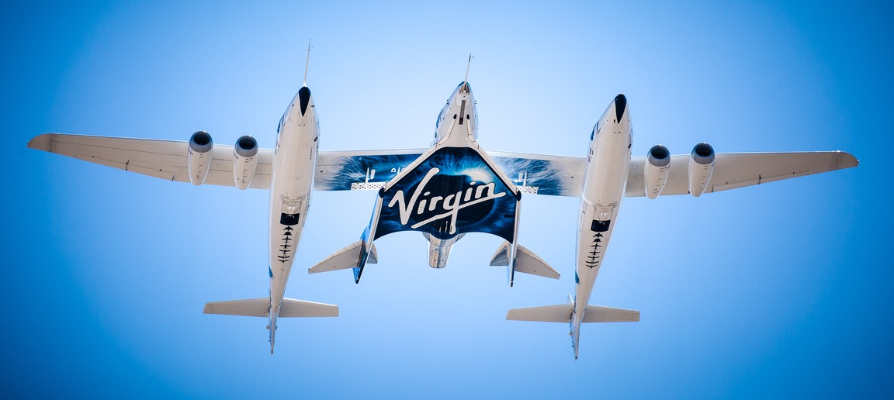Second and Final Phase of Airbus A320 Interior Cabin Restyling Ushers in New Era of Comfort and Connectivity for JetBlue Customers.
The Most Legroom in Coach® Now Features the Widest, Most Comfortable A320 Seats, Larger Seatback TVs with Even More Entertainment, Expanded Gate-to-Gate High-Speed Internet on Nearly Every JetBlue Route—and More!
This press release features multimedia. View the full release here: https://www.businesswire.com/news/home/20190320005524/en/
The restyling effort has been several years in the making, with the latest aircraft marking the first to receive this all-new 2019 design. The aircraft, named “If You Can Read This, You’re Blue Close,” re-joins JetBlue’s fleet today, with roughly a third of JetBlue’s A320 aircraft scheduled for restyling completion by the end of the year.
“JetBlue rocked the airline industry in 2000 with seatback television and all leather seats. In our first makeover since, this incredible new onboard experience represents what the founders would have done if they were launching JetBlue today,” said Marty St. George, executive vice president and chief commercial officer, JetBlue. “The new experience brings together technology, entertainment, and comfort with the great service JetBlue customers love so much.”
For most of the airlines 100+ destinations the A320 restyling will bring the upgraded JetBlue experience to their city for the first time.
A major focus of the restyling is keeping customers connected throughout their flight, including a new inflight entertainment system, high-definition seatback televisions, in-seat power outlets with USB ports and continued free gate-to-gate Fly-Fi high-speed internet with an expanded coverage area – including throughout the Caribbean and Latin America where Fly-Fi had not been available until now.
The Widest Seat Available For the A320
In 2019, JetBlue will outfit its A320 aircraft with the Collins Meridian seat, customized for the airline’s needs and featuring a number of design elements with customer comfort in mind:
- Expanded seat width of more than 18 inches, the widest available for the A320.
- The most legroom in coach of any U.S. airline (a).
- Enhanced cushion comfort.
- Adjustable headrests, a new feature for JetBlue’s A320.
- Contoured seatback design at knee level creating additional living space for every customer.
- Redesigned seatback stowage options, including an innovative elastic grid to accommodate a variety of customer items.
- At least two easy-to-reach power connections at every seat.
“We are proud to partner with JetBlue on its A320 restyling project by supplying our Meridian Seat,” said Cynthia A. Muklevicz, Vice President, Account Management, Interiors for Collins Aerospace. “Meridian offers passengers industry-leading comfort and living space through an intense focus on ergonomic design supported by optimization of the underlying seat structure.”
IFE
Also in 2019, JetBlue will build on its reputation as an industry leader in inflight entertainment options with Thales AVANT and ViaSat-2 connectivity. With this system, JetBlue will offer customers aboard its restyled A320s expanded entertainment choices in nearly every region the airline flies (b). JetBlue is the only major U.S. airline with seatback entertainment screens at every seat on every aircraft.
- 10.1 inch, 1080P high definition screen at every seat.
- More than 100 channels of live television with DVR-like pause and rewind functionality.
- Expanded collection of on demand movies, TV shows and video content, plus new gaming features.
- Destination-specific content allowing customers to enhance their travel experience.
- Picture-in-picture function
- Enhanced, 3D flight map offering multiple ways to track time to destination.
- Personal handheld device pairing capabilities for use as a remote or gaming controller.
- Expanded Fly-Fi connectivity, providing coverage to nearly the entire JetBlue network.
“Thales is proud to have been a business partner with JetBlue since the beginning of their IFE evolution. The airline has reimagined the flying experience, and with our custom-designed AVANT IFE solution, we’ve helped JetBlue reimagine their customer experience on the A320 platform,” said Philippe Carette, Chief Executive Officer, Thales InFlyt Experience. “We look forward to collaborating with the airline to create new opportunities that wow their customers with a unique and personalized inflight experience.”
“Thales is proud to have been a business partner with JetBlue since the beginning of their IFE evolution. The airline has reimagined the flying experience, and with our custom-designed AVANT IFE solution, we’ve helped JetBlue reimagine their customer experience on the A320 platform,” said Philippe Carette, Chief Executive Officer, Thales InFlyt Experience. “We look forward to collaborating with the airline to create new opportunities that wow their customers with a unique and personalized inflight experience.”
“JetBlue continues to be an industry leader in its approach to inflight internet—bringing free, high-speed connectivity to every customer onboard,” said Don Buchman, vice president and general manager, Commercial Aviation, Viasat. “We’re honored to once again partner with JetBlue on inflight connectivity, giving them access to ViaSat-2, the world’s most advanced satellite network, enabling all JetBlue customers to enjoy fast Fly-Fi service on more routes where JetBlue flies.”
Completing The 2018 Phase
The first phase of JetBlue’s A320 interior cabin restyle began in spring 2018 and modernized the airline’s so-called “classic interiors” with products that matched those found on the airline’s newer A321 aircraft – features such as more modern seats and larger seatback TVs. More than a dozen A320 aircraft have been restyled with these products so far and several more are scheduled for completion in the coming weeks. This spring the restyling will fully transition to the 2019 version of onboard products for all aircraft going forward.
About JetBlue Airways
JetBlue is New York’s Hometown Airline®, and a leading carrier in Boston, Fort Lauderdale-Hollywood, Los Angeles (Long Beach), Orlando, and San Juan. JetBlue carries more than 42 million customers a year to 100+ cities in the U.S., Caribbean, and Latin America with an average of more than 1,000 daily flights. For more information please visit jetblue.com.
(a) JetBlue offers the most legroom in coach based on average fleet-wide seat pitch for U.S. airlines.
(b) Fly-Fi is available on all JetBlue-operated flights. On ViaSat-2 equipped aircraft, Fly-Fi may not be available on portions of some routes. On all other aircraft Fly-Fi may not be available while operating outside of the contiguous U.S., or until the aircraft returns to the coverage area.
JetBlue Corporate Communications
Tel: +1.718.709.3089
corpcomm@jetblue.com

Source: JetBlue
